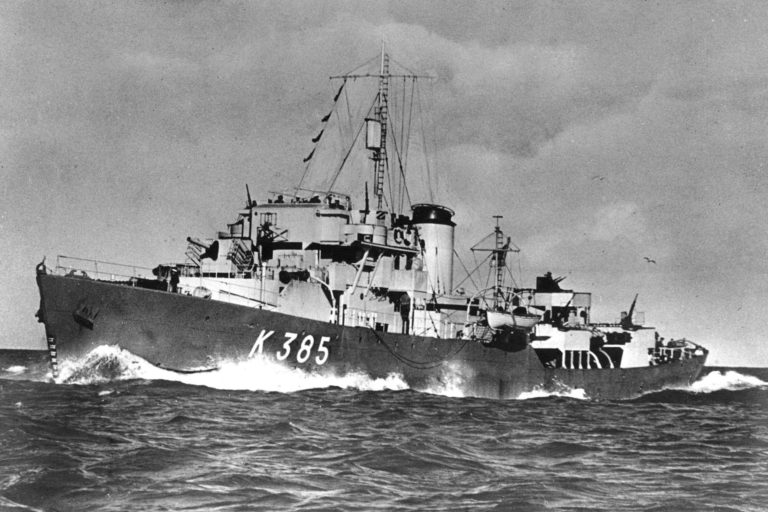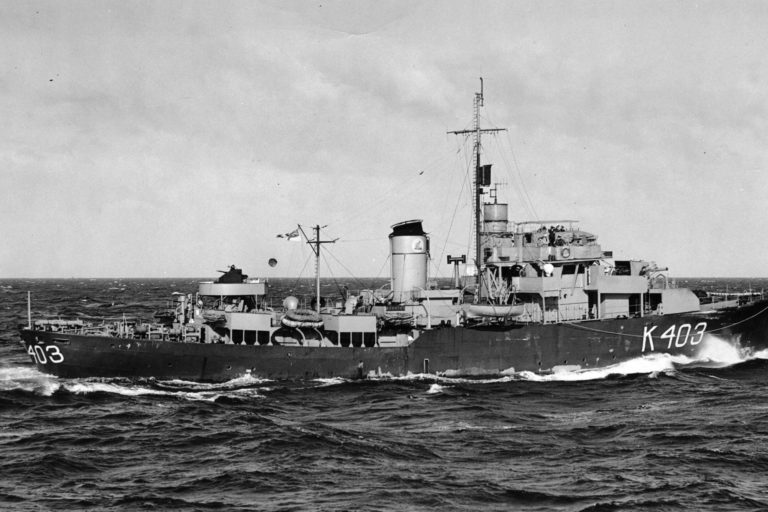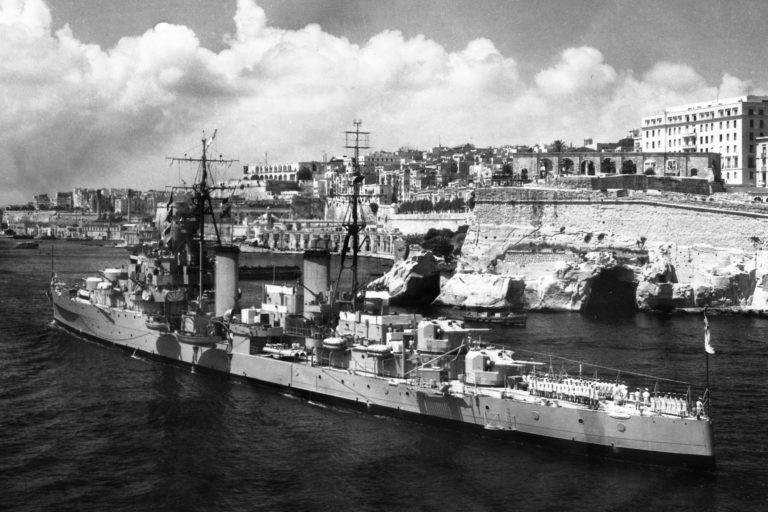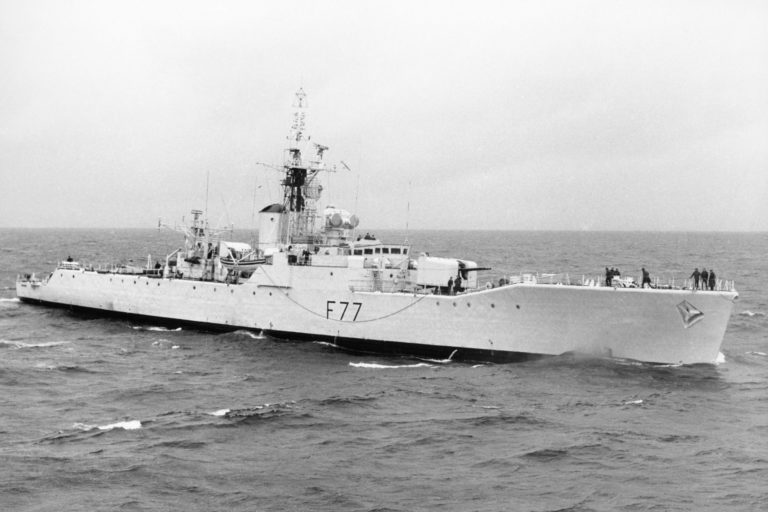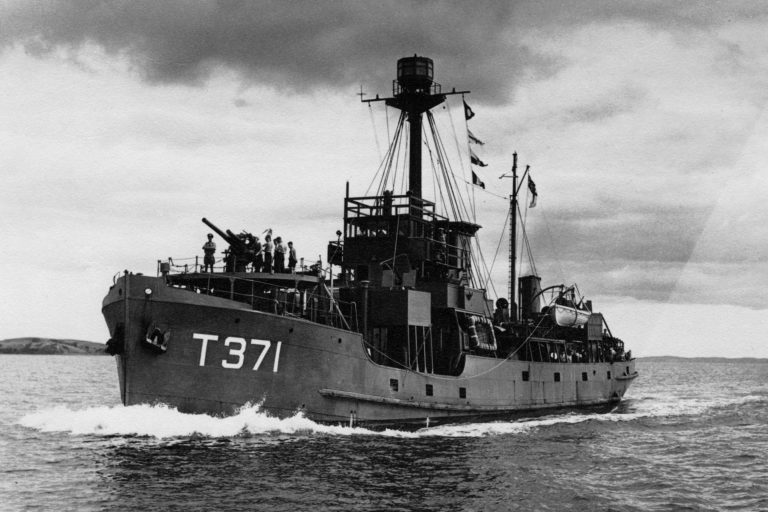Malayan Emergency
Dates 1948 – 30 July 1960
Protagonists: Malayan Communist Party (MCP) vs. British and Commonwealth armed forces
Outcome: Defeat for communists and one of the 20th century’s most successful counter-insurgency operations. By 1954 the communist leadership departed for Indonesia which would lead to the Confrontation in the 1960s. At the peak of the emergency in 1951 the MCP fielded near to 8,000 men.[1] The emergency was declared over with the death of 7,000 communist insurgents.[2] New Zealand’s contribution to the Commonwealth Strategic Reserve had ‘little real impact on the Emergency which was in its closing stages.’[3]
Area of Operations: Malayan Peninsula and littoral waters
New Zealand Deployment:
NZ Army: two battalions (800-1000 men each) from Royal New Zealand Infantry Regiment, 1st Squadron New Zealand Special Air Service – total 1600 men RNZAF: three squadrons and one flight – 1160 men.
RNZN: Ships were deployed as part of RN Far East Fleet then the Commonwealth Strategic Reserve from 1955 when New Zealand shifted its defence commitment from the Middle East to South East Asia.[4]
Deployments made by RNZN vessels during Malayan Emergency
In 1954 NZ committed itself to deploying two cruisers and two or three frigates to the ANZAM (Australia, New Zealand and Malaya) region to be used for anti-submarine & anti-raider convoy escort if a serious war broke out.[5]
HMNZS Pukaki deployment 21 September 1953 – 28 September 1954.
In July 1954 Pukaki carried out a shore bombardment of a suspected guerrilla camp. [6] She was also on anti-piracy and fisheries protection patrols off the Malayan coast.
HMNZS Kaniere deployment 1 January 1954 – July 1955.
She carried out anti-piracy and fisheries protection patrols of the Malayan coast.
HMNZS Pukaki Deployment to Far East Fleet 28 April 1955- Returned to NZ April 1956.
Anti-piracy patrols in Sulu Sea.
HMNZS Black Prince deployment to Far East Fleet 5 May 1955 – Returned to NZ July 1955.
HMNZS Kaniere deployment 6 February 1956-Returned to NZ 29 May 1957 Included anti-piracy patrols off Borneo and fisheries protection patrols of the Malayan coast.
HMNZS Royalist deployment to Commonwealth Strategic Reserve 20 May 1957-Returned to NZ 4 July 1958. On 25 July 1957 Royalist fired 86 rounds in shore bombardment of MCP guerrillas at Kota Tinggi. On 20 Feb 1958 she fired 152 rounds in a shore bombardment of MCP guerrillas at Tanjun Punggai.
HMNZS Rotoiti Deployed to Commonwealth Strategic Reserve 6 April 1958 – Returned to NZ 3 August 1959 Anti-piracy patrols in October 1958.
HMZNS Royalist Deployed to Commonwealth Strategic Reserve 7 February 1959-Returned to NZ 26 June 1959.
HMNZS Pukaki Deployed to Commonwealth Strategic Reserve 4 May 1959 – Returned to NZ 9 May 1960.
HMNZS Rotoiti Deployed to Commonwealth Strategic Reserve 11 April 1960 – Returned to NZ 9 March 1961.
Indonesian Confrontation
Dates: 8 December 1962 to 11 August 1966 – Peace treaty signed.
Protagonists: Indonesian army and naval forces under President Sukarno vs. British and Commonwealth naval and army units.
Area of Operations: Sultanate of Brunei, island of Borneo, Malaya, littoral waters of Java Sea and South China Sea, Malaccan Strait.
History & Outcome: The first event was the attempt by Indonesia to incite an uprising in Brunei that the British swiftly pressed. Indonesia then turned to the conduct of series of raids, commerce interdiction, and minor skirmishing rather than commit to full blown combat known as Konfrontasi (Confrontation). Indonesia also tried to break the newly formed Federation of Malaysia (consisting of Malaya, Sarawak and North Borneo). The Confrontation ended because of an attempted coup by communists in Indonesia which resulted in a bloody repression. [7] This should be seen as an attempt by communists in the region to carry on after the defeat of the insurgency in Malaya. Enemy action was concluded by June 1966.[8]
Initially the British and Commonwealth forces attempted to defend the 1600km border. By 1964 they were running Operation CLARET – cross border operations to track and destroy Indonesian units. By 1965 60,000 service personnel were serving in the area alongside two aircraft carriers and 80 surface ships.[9] Between 1963 and 1966 over 50 vessels from the Far East Fleet and the Malaysian Navy were deployed on nightly patrols. Despite the fact that there were no major engagements, this was a classic use of naval force to deny the Indonesian Navy use of the sea and enable the Commonwealth naval forces freedom of movement to Borneo.[10]
NZ Army: two battalions (800-1000 men each) from Royal New Zealand Infantry Regiment; Four detachments from New Zealand Special Air Service – total 1600.
RNZAF: two squadrons 300 men
RNZN: Deployments were made by the cruiser Royalist; frigates HMNZS Taranaki, Otago; minesweepers HMNZS Hickleton, Santon. Ships deployed as part of Commonwealth Strategic Reserve. This was a commitment that ‘stretched the Navy’s manpower to its limits.’[11]
HMNZS Otago 12 March 1962 – Returned to NZ 10 Oct 1962
HMNZS Taranaki 12 March 1962 – Returned to NZ April 1963
HMNZS Royalist 25 February 1963 – Returned to NZ 9 July 1963
HMNZS Otago 1 April 1963 – Returned to NZ 15 December 1963
HMNZS Taranaki 11 September 1963 – Returned to NZ 7 September 1964
HMNZS Otago 18 July 1964 – Returned to NZ 26 May 1965 Conducted operational patrols off Borneo and acted as guardship at Tawau.
HMNZS Royalist 15 March 1965 – Returned to NZ 17 November 1965 (had breakdown at sea) Conducted operational patrols off Borneo.
10 April 1965, Two Ton-class minesweepers HMNZS Hickleton and HMNZS Santon commissioned to join RNZN. Deployed to Confrontation as part of RN’s 11th Minesweeping Squadron. [12] These two ships served with HMNZS Taranaki running anti-infiltration patrols around the island of Borneo and in the Singapore and Malacca Straits. [13] The administrative & support base for operations was located aboard the RN ship HMS Mull of Kintyre. [14] These were the first ships of the RNZN to carry a black kiwi on their funnels. Their pennant numbers were painted out when they were in operation.
HMNZS Taranaki 13 August 1965 – Returned to NZ May 1966.
Conducted operational patrols and guardship at Tawau. Rescued SS No Sang stuck on reef off Borneo.
HMNZS Otago 7 February 1966 – Returned to NZ 2 September 1966 conducted operational patrols.
Key naval event:
On 28 June 1966 HMNZS Hickleton opened fire on a sampan carrying armed infiltrators in the approaches to Singapore. When fired upon the New Zealand ship replied killing two Indonesians and wounding one. The CO of Hickleton LT CDR Peter Wright was awarded the DSC and a rating AB Charles Taylor received the DSM.[15] This was the last time that a ship from the RNZN fired its guns in anger. Both Hickleton and Santon were returned to the Royal Navy in September 1966 and paid off on 5 November 1966 and 4 December 1966 respectively. [16]
[1] Christopher Pugsley, ‘Malayan Emergency’, The Oxford Companion to New Zealand Military History, Ian McGibbon (ed.), Auckland: Oxford University Press, 2000, p. 291.
[2] Kenneth Macksey, William Woodhouse, The Penguin Encyclopedia of Modern Warfare: From the Crimean War to the Present Day, London: Penguin, 1993, p. 204. See also Williamson A. Murray, Geoffrey Parker, ‘The Post War World’, The Cambridge History of Warfare, Geoffrey Parker (ed.), Cambridge: Cambridge University press, 2005, pp. 374-375.
[3] Christopher Pugsley, From Emergency to Confrontation: The New Zealand Armed Forces in Malaya and Borneo 1949-66, Melbourne: Oxford University Press, 2003, p. 354.
[4] ibid., p. 45. See also Christopher Pugsley, ‘Malayan Emergency’, The Oxford Companion to New Zealand Military History, Ian McGibbon (ed.), Auckland: Oxford University Press, 2000, p. 294.
[5] ibid., p. 45.
[6] Christopher Pugsley, ‘Malayan Emergency’, The Oxford Companion to New Zealand Military History, Ian McGibbon (ed.), Auckland: Oxford University Press, 2000, pp. 293-294.
[7] Kenneth Macksey, William Woodhouse, The Penguin Encyclopedia of Modern Warfare: From the Crimean War to the Present Day, London: Penguin, 1993, pp. 162-163.
[8] John Subritzky, ‘Confrontation’, The Oxford Companion to New Zealand Military History, Ian McGibbon (ed.), Auckland: Oxford University Press, 2000, p.114.
[9] ibid., pp. 113-114.
[10] Christopher Pugsley, From Emergency to Confrontation: The New Zealand Armed Forces in Malaya and Borneo 1949-66, Melbourne: Oxford University Press, 2003, p. 250.
[11] ibid.
[12] Grant Howard, Grant, Portrait of the Royal New Zealand Navy: A Fiftieth Anniversary Collection, Wellington: Grantham House, Wellington. 1991, pp. 110.
[13] Denis Fairfax, ‘Royal New Zealand Navy’, The Oxford Companion to New Zealand Military History, Ian McGibbon (ed.), Auckland: Oxford University Press, 2000, pp. 466-467.
[14] Christopher Pugsley, From Emergency to Confrontation: The New Zealand Armed Forces in Malaya and Borneo 1949-66, Melbourne: Oxford University Press, 2003, p. 246.
[15] Grant Howard, Grant, Portrait of the Royal New Zealand Navy: A Fiftieth Anniversary Collection, Wellington: Grantham House, Wellington. 1991, 110.
[16] ibid.

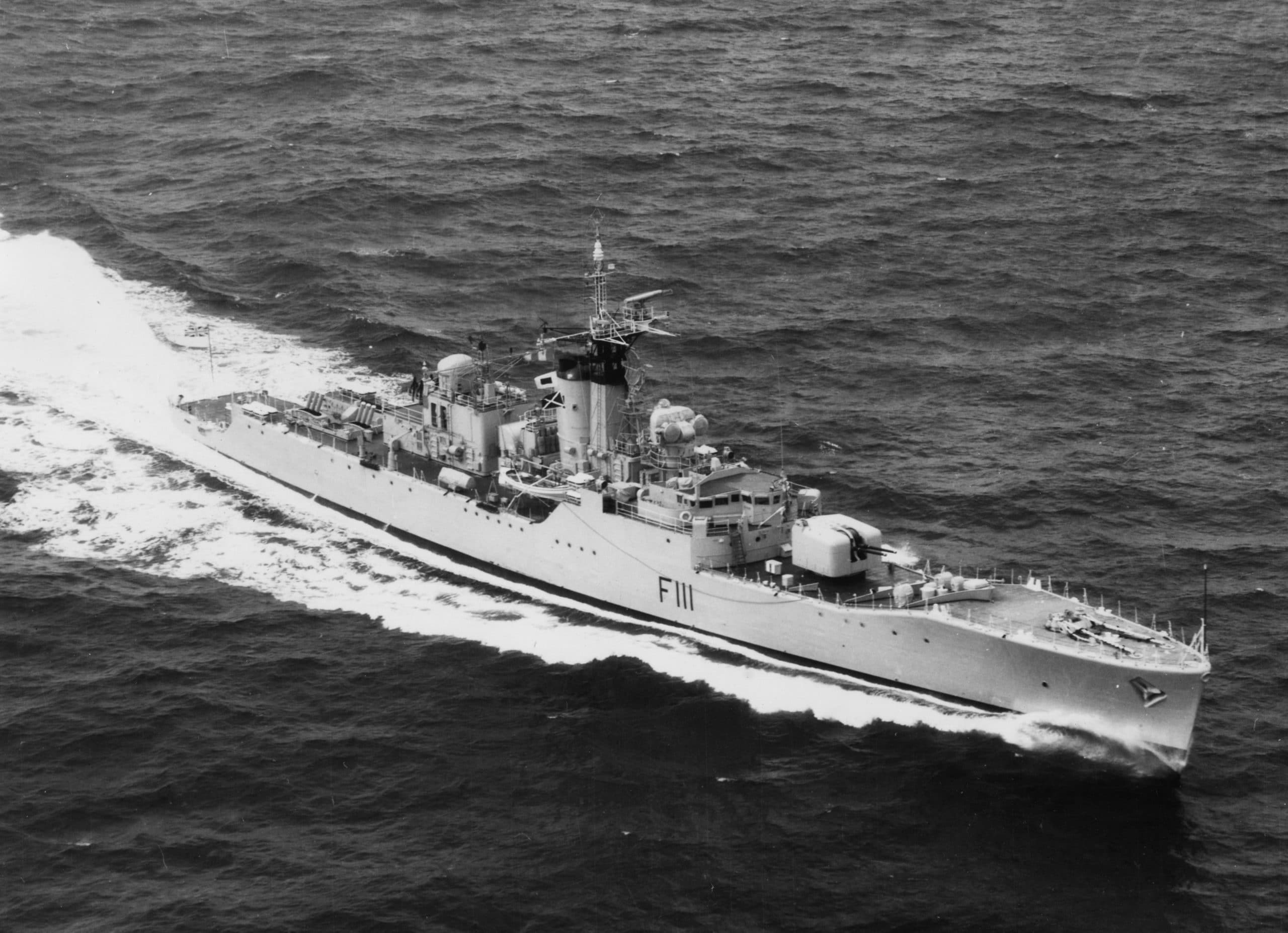

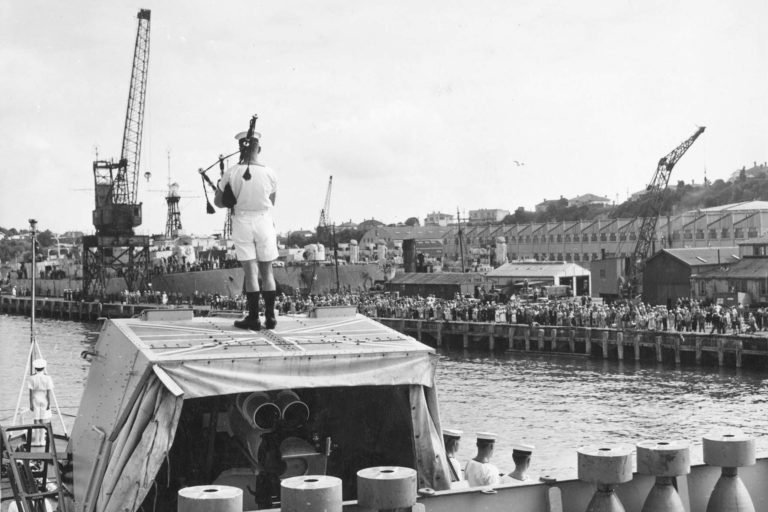
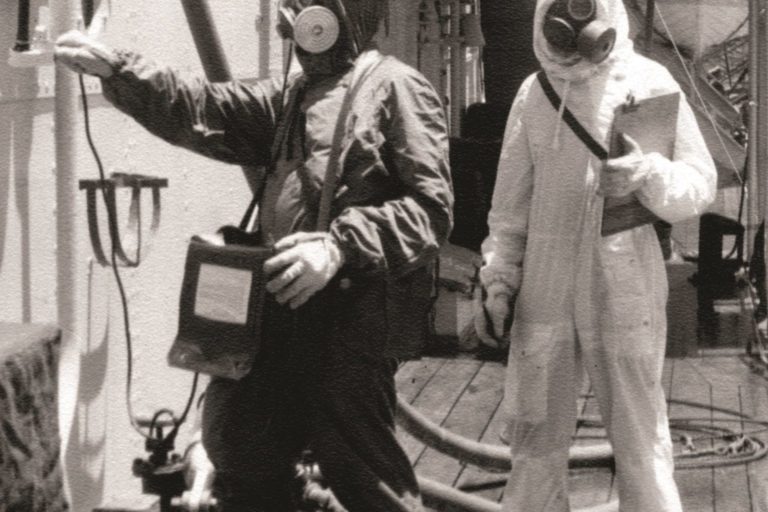
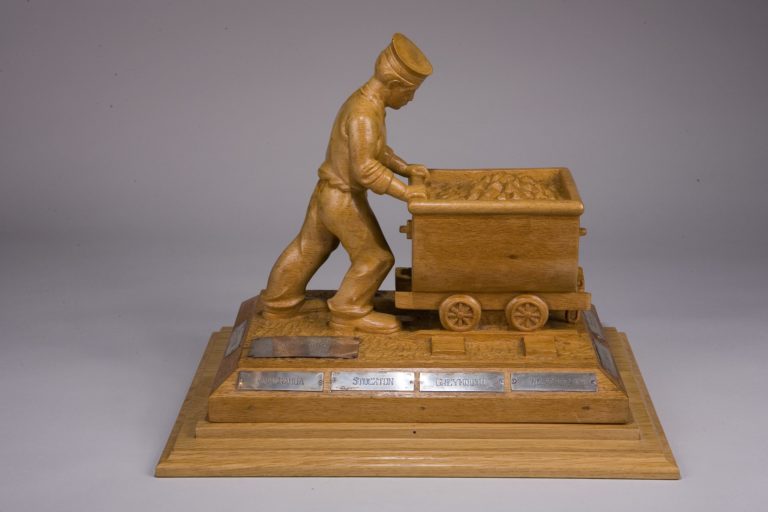
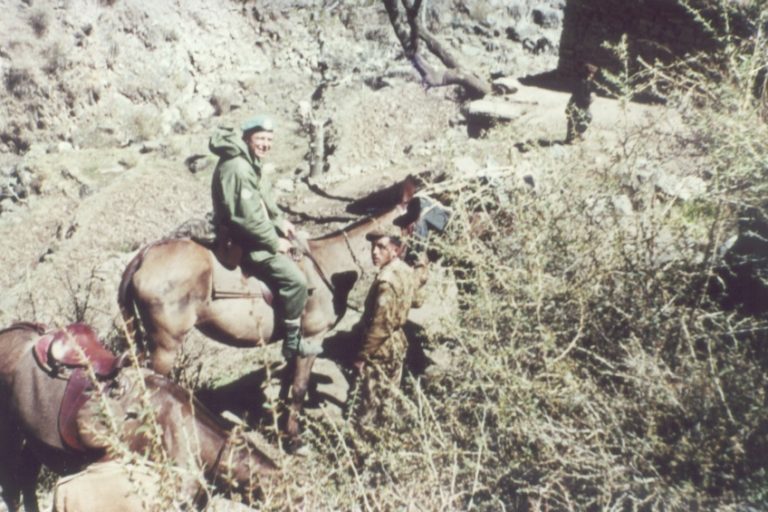
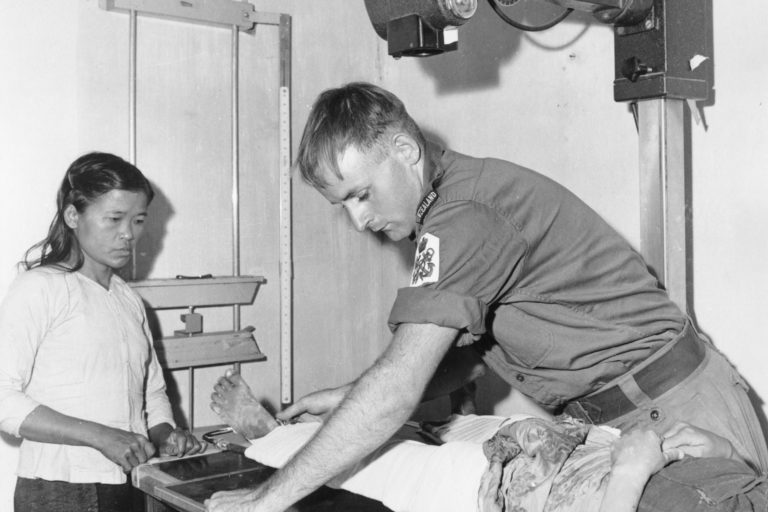

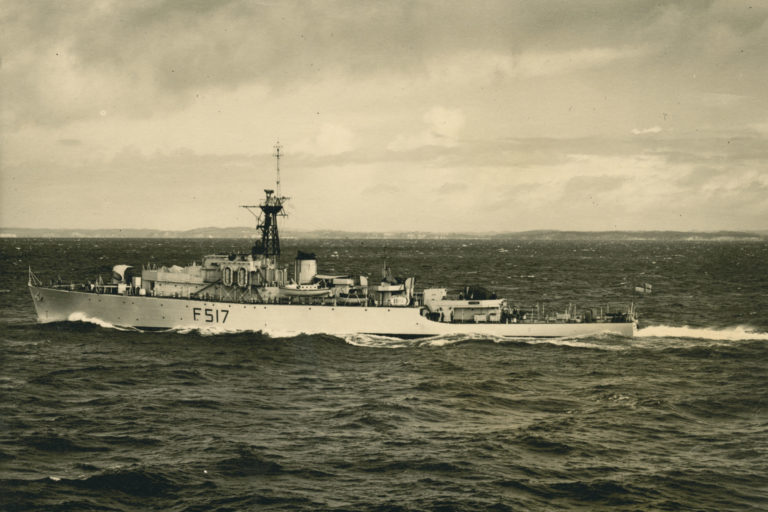

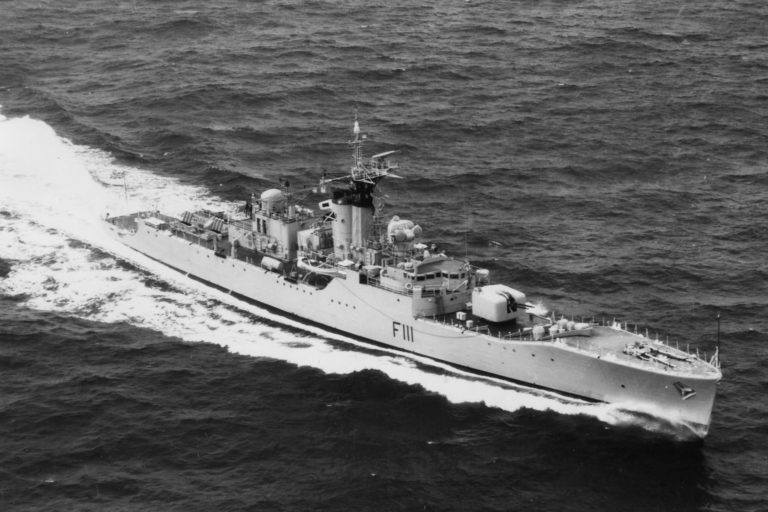


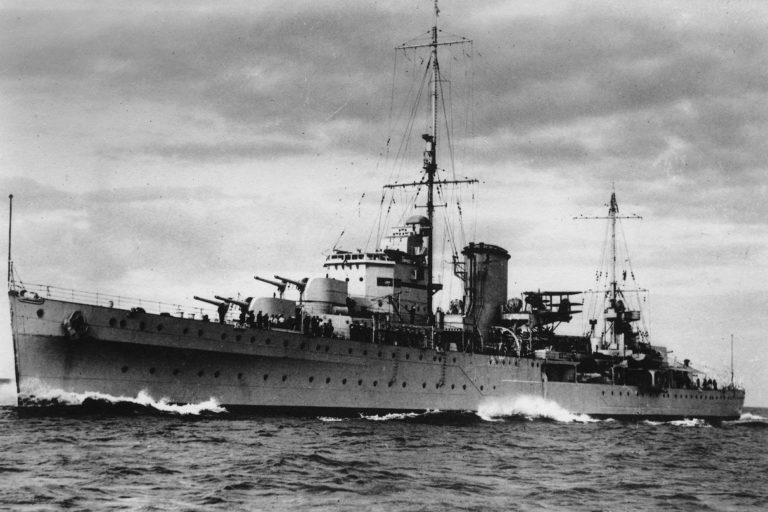
![Amokura Training Ship Amokura [formerly HMS Sparrow]](https://navymuseum.co.nz/wp-content/uploads/amokura.jpg)
